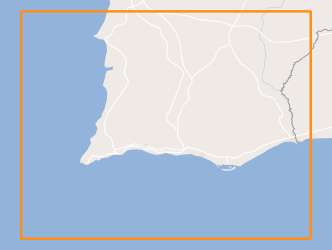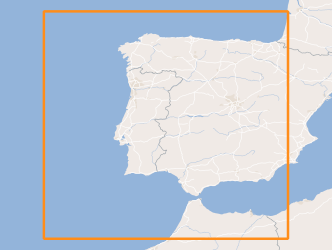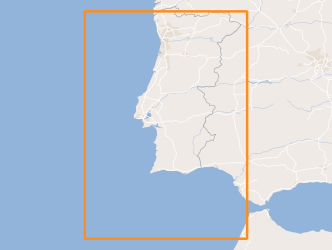geographicCoverageDesc
Portugal
149 record(s)
Type of resources
Available actions
INSPIRE themes
Provided by
Years
Formats
Representation types
Update frequencies
Status
Service types
Scale
Resolution
geoDescCode
cartografia
geographicCoverage
geographicCoverageDesc
inspirecore
hvd
referenceDateRange
denominatorRange
resolutionRange
dataPolicy
openServiceType
dataType
dataFormat
-

A campanha sísmica ASTARTE 2014 tem como objetivo estender a área de levantamentos sísmicos anteriores até a uma distância de cerca de 20 milhas náuticas a partir da costa até a borda da plataforma continental. O planeamento da campanha contempla a aquisição de 24 perfis divididos em duas classes: uma classe em linha perpendicular à costa e uma classe em linha cruzada ortogonal às anteriores. A principal razão para selecionar a região ao largo da Quarteira é porque esta região é um alvo de registos de tsunamis na plataforma continental, embora toda a costa do Algarve possa ser um repositório de registros geológicos de tsunamis passados.
-

The Nazaré Artificial Reef deployed in 2010, covering an area of apr. 3 Km2 was a public project commissioned by the Nazaré Council, with the technical and scientific support of the multidisplinary research team from IPMA.
-

Within Portugal's National Biological Sampling Project (PNAB) a set of activities are conducted in the collection, management and use of biological data, collected from the registered commercial fleet in mainland Portugal (fisheries-dependent data) and several research surveys (independent fisheries data). These activities allow the assessment of the state of fishery resources, population structure, distribution and abundance of resources, diversity and dynamics of biological communities associated with the fishery resources and biological studies (growth, reproduction).This resource shows the geographic distribution of Norway lobster abundancy index (nr. individuals/hour) registered during the CRUSTACEOS2010 campaign in June 2010.
-

Three-hourly forecast maps of air temperature at 2 meters in Kelvin for the Iberian Peninsula, generated with the AROME model. The maps are generated twice a day, at 00UTC and 12UTC, with forecasts of the following 48 hours.
-
O mapa de minerais Offshore de Portugal, foi produzido à escala 1:5 000 000, tendo como objetivo fundamental demonstrar o potencial do offshore português para os recursos minerais. Para a construção do mapa foi considerada a Zona Económica Exclusiva de Portugal e a Proposta de Extensão da Plataforma Continental que, sendo aprovada, irá juntar as ZEE’s dos Açores, Madeira e Portugal continental, aumentando a área de jurisdição e soberania portuguesa para cerca de 4 000 000 Km2.
-

Volcanic centres in the Portuguese offshore, located between the Mid-Atlantic Rift zone (Azores archipelago) and the continental margin.
-
Geological Map of Portugal at scale 1:50 000, consisting of sheets published at this scale in paper and/or digital format. Includes geological maps of the Madeira and Azores Archipelagos.
-
Mapa do número de horas anuais equivalentes à potência nominal (NEPs) de Portugal para fins de quantificação e contabilização do contributo de sistemas de micro-produção eólica para o Decreto-Lei nº 118/2013 de 20 de Agosto de 2013.
-

Within Portugal's National Biological Sampling Project (PNAB) a set of activities are conducted in the collection, management and use of biological data, collected from the registered commercial fleet in mainland Portugal (fisheries-dependent data) and several research surveys (independent fisheries data). These activities allow the assessment of the state of fishery resources, population structure, distribution and abundance of resources, diversity and dynamics of biological communities associated with the fishery resources and biological studies (growth, reproduction). This resource shows the geographic distribution of blue jack mackerel abundancy index (nr. individuals/hour) registered during the PELAGO08 acoustic campaign in April 2008.
-

Within Portugal's National Biological Sampling Project (PNAB) a set of activities are conducted in the collection, management and use of biological data, collected from the registered commercial fleet in mainland Portugal (fisheries-dependent data) and several research surveys (independent fisheries data). These activities allow the assessment of the state of fishery resources, population structure, distribution and abundance of resources, diversity and dynamics of biological communities associated with the fishery resources and biological studies (growth, reproduction).This resource shows the geographic distribution of horse mackerel abundancy index (nr. individuals/hour) registered during the PELAGO09 acoustic campaign in April 2009.
